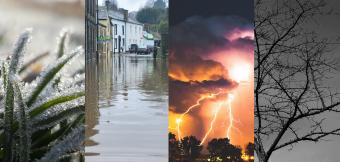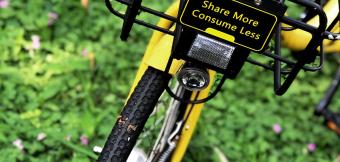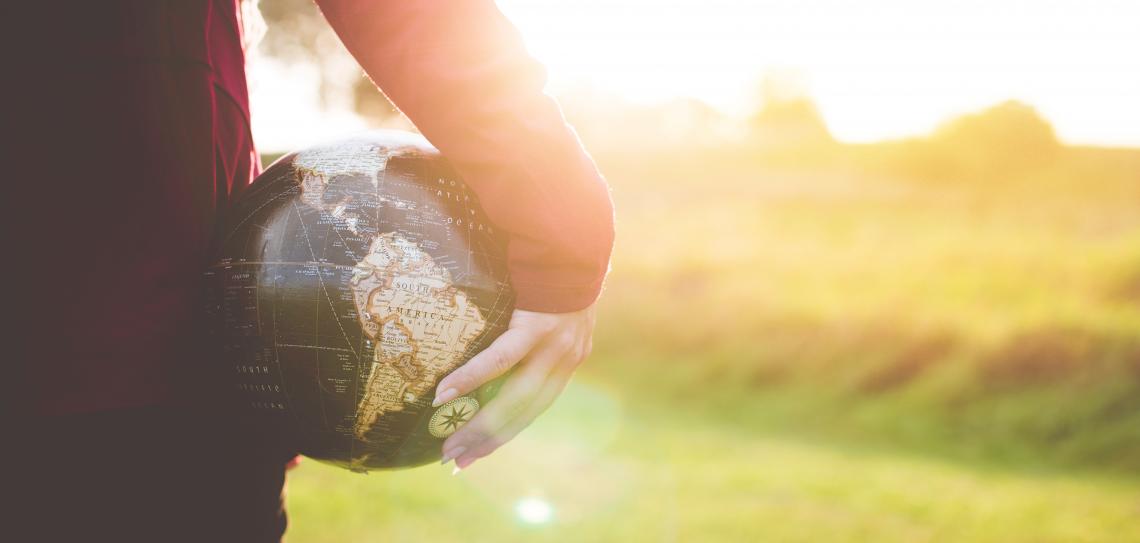
Commit to climate action
We're heading for 1.5 C (2.7 F) of global warming by 2030, due to burning fossil fuels, deforestation and agriculture. The result is more droughts, floods, wildfires, heatwaves and hurricanes. This prompts the question ‘What can I actually do?’. The answer is simple: ‘Commit to positive action now'.
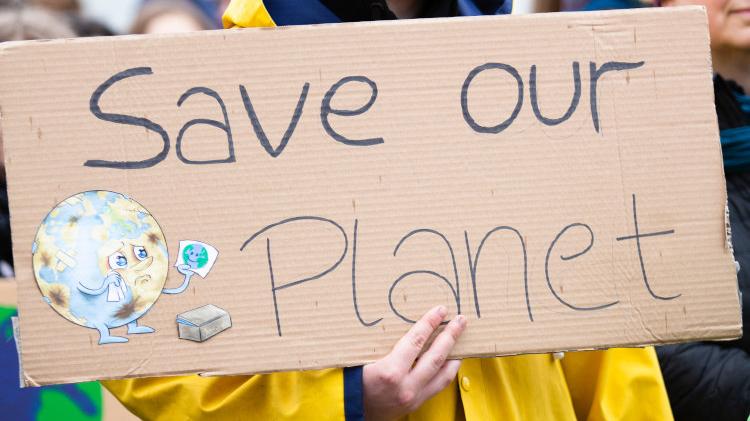
52 Climate Actions is built on three assumptions about climate change: 1) It’s man-made. 2) It’s already having serious consequences and these are going to get worse. 3) All of us, individually and together, can (and should) do something about it. Actually, we’ve also made a fourth assumption; that you agree with our first three. If you don’t, or if you want to explore the debates around the nature and causes of climate change, you might want to look elsewhere.
The challenge: Responding to climate change
Very briefly, man-made climate change is caused by the release of certain gasses into the atmosphere, mostly from burning fossil fuels and agriculture. These gasses include carbon dioxide (CO2), methane and nitrous oxide. The shorthand term ‘CO2 equivalent’ (CO2e) is used to describe all these gases together. The build-up of these gasses is causing the planet to become warmer and the climate to become more unstable and unpredictable.
52 Climate Actions has five simple goals:
- To help you understand your personal power in tackling climate change
- To show you the best responses to climate change
- To promote these solutions
- To inspire you to action
- To help you reduce your carbon footprint, adapt to climate change, and embrace low carbon culture
The 52 actions presented fall into three categories: actions to reduce your carbon footprint; actions to help you cope better with the effects of climate change; and actions that help you think differently.
Many of the 52 actions cover more than one of these three categories. For example, Action 28: ‘Keep your cool’ reduces the electricity you use for air conditioning and helps you adapt to hotter summers, and Action 51: ‘Buy less, make more’ reduces your carbon footprint from shopping and changes your thinking about material stuff.
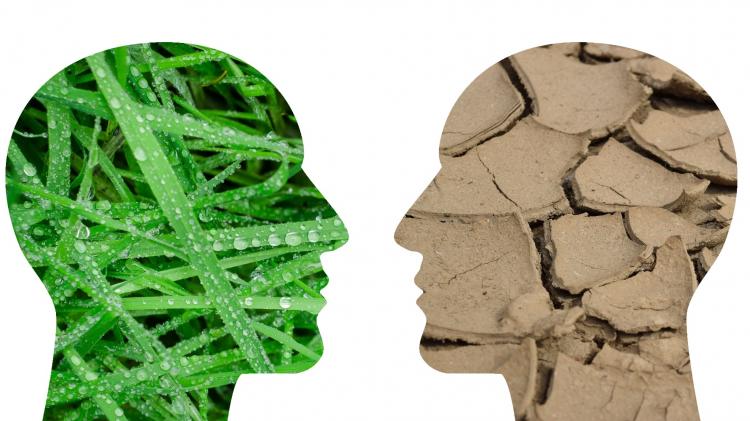
1) Reducing your carbon footprint (mitigation and sequestration)
Carbon footprint is shorthand for the best estimate we can get of the full climate change impact of something. That carbon footprint can be of anything; a meal, a drive to the shops, a person or even a whole country.
Reducing your personal carbon footprint means cutting the amount of CO2e emissions that result from your activities. This can be either through stopping doing things that cause CO2e emissions (such as turning the lights off), or doing those things in a way that emits less CO2e, such as using low energy light bulbs.
For most of us around three quarters of our personal carbon footprint comes from just four things, and in all these areas there’s huge scope for emission reduction: travel, food, shopping and home energy use.
There’s one other way to reduce your carbon footprint, which is by doing things that take carbon out of the atmosphere and lock it away. This is called carbon sequestration. There are only two proven ways to do this: build healthy soil (Action 48) and plant trees (Action 9).
If the key positive action you want to take is to reduce your carbon footprint, start with Action 2: 'Reduce your Carbon Footprint'.
2) Living with the effects of climate change (adaptation)
Even if emissions are fully stabilised, climate change and its effects will last for many years to come. These effects will be different everywhere, but are likely to include hotter summers, more droughts, more frequent wildfires, more extreme wind events (hurricanes, cyclones, gales, typhoons), sea level rise and intense periods of rainfall leading to floods.
This will make life generally less comfortable for everyone, and will cause periodic life changing (even life ending) weather events for many people. The number of homes and farms affected by flood, wildfire, wind and drought is steadily increasing. By being aware of the nature of these threats at a local level, and taking action well in advance, their impact can be reduced.
Your outcome in a hurricane or a prolonged heat wave will be highly related to how well you planned over the long-term and the emergency action you took in the short term. ‘Be prepared for extreme weather’ needs to be a mantra we all take seriously.
If the key positive action you want to take is to protect yourself from the impact of climate change, start with Action 3: 'Assess your climate risks'.
3) Thinking differently
Climate change isn’t an isolated phenomenon but a symptom of the broken relationship between humanity and nature. Responding to it isn’t about developing incredible new technologies or maintaining our current lifestyles using less carbon. It’s about redesigning our lives towards greater simplicity, fewer possessions, stronger community, healthier lifestyles, more making and less buying.
Tackling climate change calls us beyond sustainability (maintaining the status quo) to regeneration (making things better). It offers multiple opportunities to address other crises: pollution, economic inequality, loss of biodiversity, breakdown of community, the crisis in physical and mental health and runaway greed. Climate change can’t be tackled without fundamental changes in how we think, both individually and collectively.
If the key action you want to take is to create a mind-set for a post-carbon world, start with Action 4: 'Think differently'.
Can individuals really make a difference?
By focusing on individual and community action, this project emphasises the power and responsibility we all have to take meaningful action on climate change. Of course, governments need to radically overhaul the policies, laws and financial structures that have led to climate change and businesses need to focus on generating environmental and social benefits rather than maximising profits at all costs. However, each and every one of us can, through daily choices in our shopping, eating, travelling and domestic energy use, take powerful action. In doing so, we not only take greater responsibility for our own lives, we also increase pressure for positive change by governments and businesses.
This is also true for adaptation. Governments can invest in adaptation measures and create more climate-resilient infrastructure. Whether this is effective and beneficial will ultimately come down to how people use it in their daily lives. Many of the most important adaptation actions arise from individual and community action tailored to local circumstances, with governments following, scaling up and creating enabling conditions where small communities have led the way.
Politicians and corporations will act when their voters/customers tell them to, and threaten to switch to their rivals if they don’t act. So every one of the 52 Actions includes a ‘global action’ suggestion for creating change at government, corporate or international level.
Picture Credit: 1) Ben White - unsplash.jpg, 2) Markus Spiske - unsplash.com, 3) Tumisu - Pixabay
Do an audit of your own climate impact and adapt accordingly
Make your climate change commitments, and review them regularly
Bring your community together to talk about climate change
Campaign for more governments to do more to act on climate change

